In carp fishing, going against the grain and doing something different can produce unexpectedly good results, so one angler’s mistake is another angler’s master plan – but there are certainly some key fundamentals worth heeding on popular day-ticket waters or holiday lakes.
Don’t opt for the most convenient swim – location is key
There are three main elements to carp fishing – bait, rigs and location. It’s the last of these that is vitally important right at the start of your session. Finding the fish, rather than finding the most comfortable or closest swim, is paramount for success. And it doesn’t start and end at the beginning of your session.
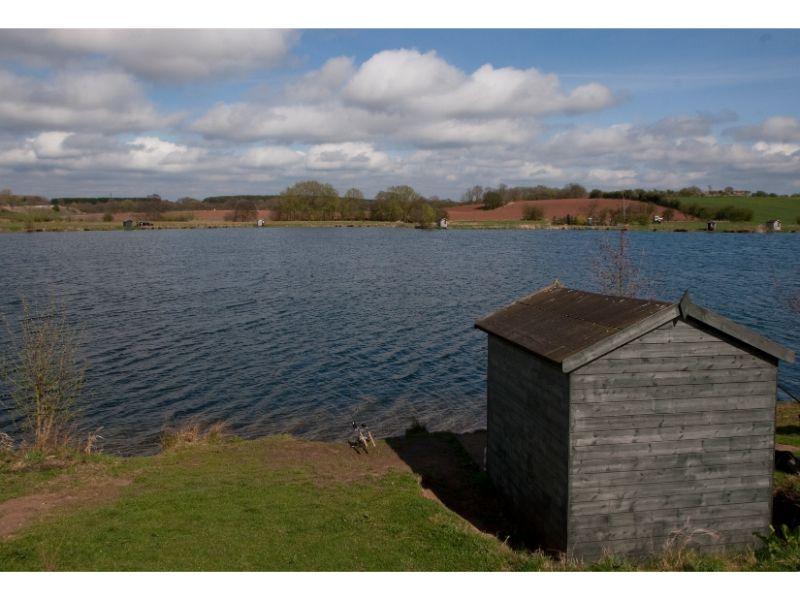
The best day-ticket anglers are constantly scanning the water looking for signs of activity. If they spot that the carp are elsewhere on the lake then they will move, so be prepared to follow the fish or you could be fishing barren water for the majority of your trip. Sitting and waiting, and hoping that the fish come to you, is one of the most common mistakes a carp angler can make on a day-ticket venue.

Don’t pile the bait in at the start the session
On a related note, it’s so very tempting to set up camp and pile in the bait to draw the fish to you. More bait, more attraction and more pulling power, right? Sadly not, and it can actually work against you. Yes, there are times when the ‘fill it in and sit back’ approach will pay dividends but more often than not it’ll scupper your chances before your session’s really begun.
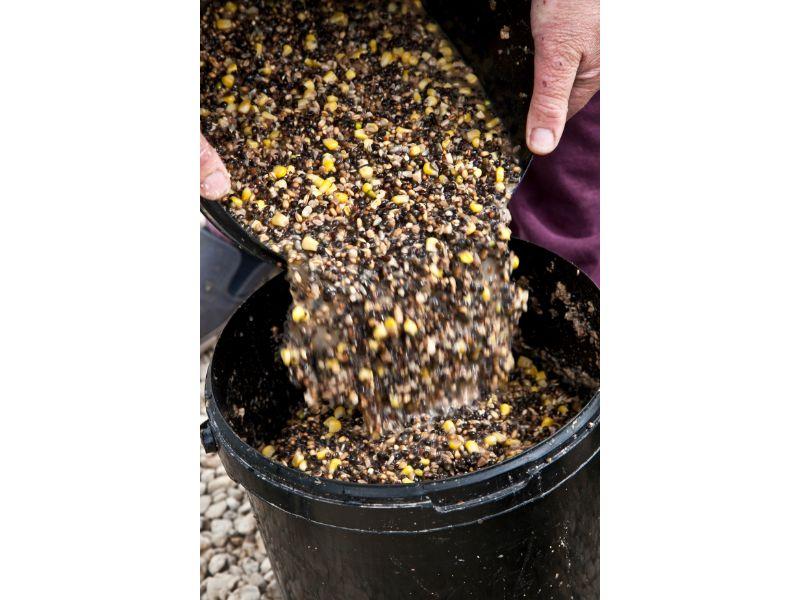
It’s far better to bait up conservatively at the start and let the fish tell you if they’re really having it. If bites are forthcoming you can continue to top up the swim on the classic ‘little and often’ basis. After all, if you went to watch an elite match competition you wouldn’t see the anglers balling in kilos of bait at the start – they will be constantly trickling in bait over their pole and feeder lines. And that’s exactly what some of the best carpers do on busy, well-stocked day-ticket lakes. There’s an old adage worth paying attention to: ‘you can put more bait in, but you can’t take it out’, so don’t be tempted to larrup 10kg of boilies into your swim until you know you’ve got the fish feeding.
This approach would also apply if you are fishing an exclusive French lake on a holiday trip. You don’t know how much bait the anglers fishing the lake the previous week put in and there could be a lot of bait still uneaten. You may be there for a week, but if you put too much bait in at start, you may be waiting a few days before you get a take if the fish are preoccupied on old bait.
Accurate casting and baiting will give you a huge edge
Accuracy is also crucially important when it comes to bait delivery and rig positioning. Again, take stock of what the best in the game are doing. Anglers like Kev Hewitt and Tom Maker can cast with incredible accuracy at mindblowing ranges, which helps set them apart from the crowd. Now, you don’t have to be capable of slinging a Spomb 130yds to enjoy your fishing, but improved accuracy will up your catch rate.
If all your bait and rigs are presented in a relatively confined area you naturally up your chances of getting a fish to trip up. Six Spombs of bait tightly grouped together are far more effective in most circumstances than 25 Spombs scattered across an area the size of a tennis court, so if you can resist the urge to pile in the bait at the beginning and can cast accurately, you’ll be ahead of the anglers in the next pegs. With that in mind, it’s prudent to use wrapping sticks and your reels’ line clips to accurately mark distances, and make a note of the spots you’ve found for future use.
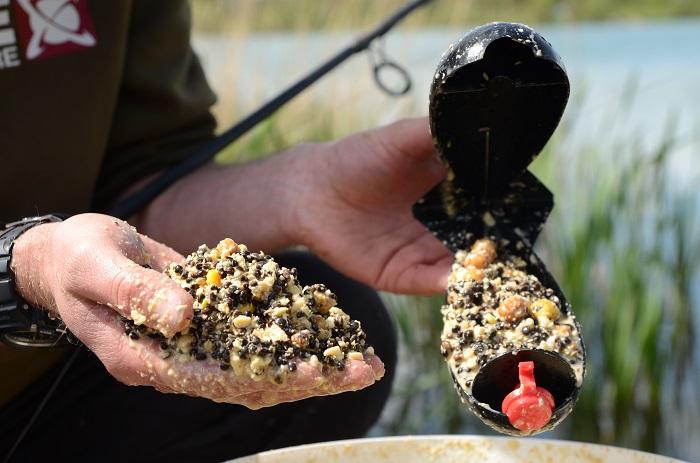
Recast to the spot as quickly as possible after a bite
Clipping up with wrapping sticks is vital because it’s the simplest way to repeatedly cast to your chosen area. This is never more important than immediately after a bite. On well-stocked lakes, a common – and entirely understandable – mistake is to catch a fish and admire your prize when you really should be getting that rod back on the spot as soon as possible if you want to build a big hit of carp.
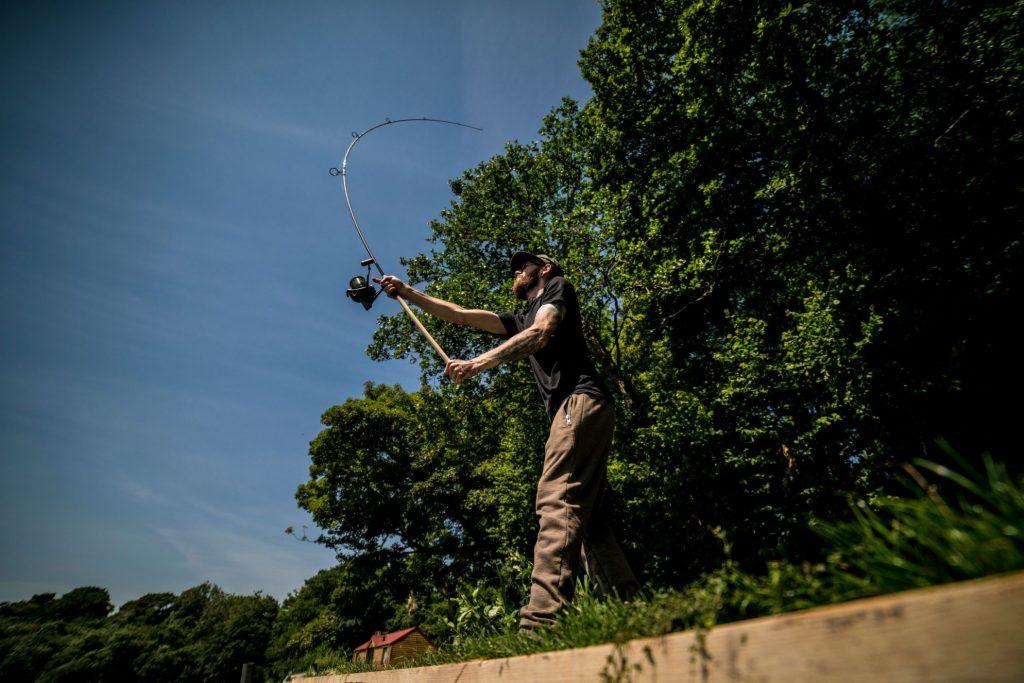
Good carp care is imperative, and it’s fine to pose for pics with your fish immediately after catching them, but it can be more productive to unhook them in the net and recast your rod to the same spot immediately. Where there’s one carp there’s normally many, especially on runs waters, and bites can come thick and fast. This also gives the carp time to rest after capture and buys you some thinking time for pics and weighing – unless the same rod screams off again!
Use a rig that resets itself
Busy sessions are all part of the fun when you get it right on a day-ticket venue. But remember that it can be just as busy below the surface as above it, and your rig might be being bounced around by swirling fins and picked up and spat out by smaller species and wily carp. For that reason it’s essential to have a rig that resets itself if ejected. Relatively stiff hooklinks are best for this type of fishing, with bait-attachment arrangements that won’t tangle or render the rig useless after a single aborted take. It’s for this reason that setups like the Ronnie rig, multi rig and stiff D rig are so popular.
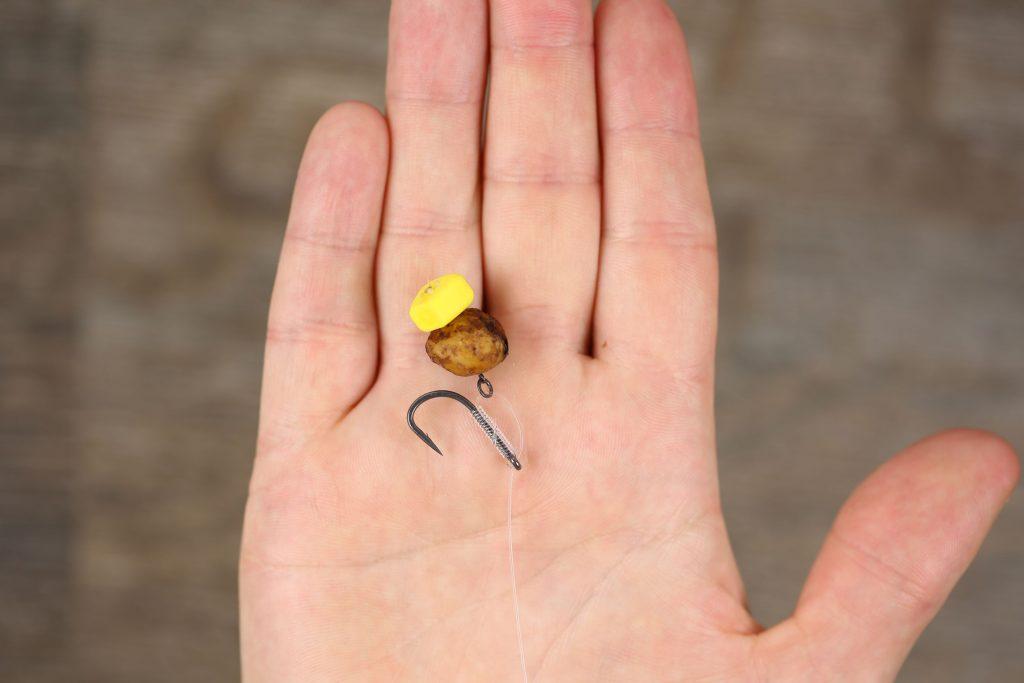
You can use softer, more supple braids in short lengths for solid-PVA bag rigs – and a buoyant or semi-buoyant hookbait helps to reset them – but if you’re in any doubt that you’ve been ‘done’ or that your rig could be prone to tangles then remember to recast regularly or you could be fishing with an ineffective setup. Hitting the clip and feeling the lead down on a taut line is a massive help in getting your rig to lie properly in the first place. Don’t just divebomb your cast into position!
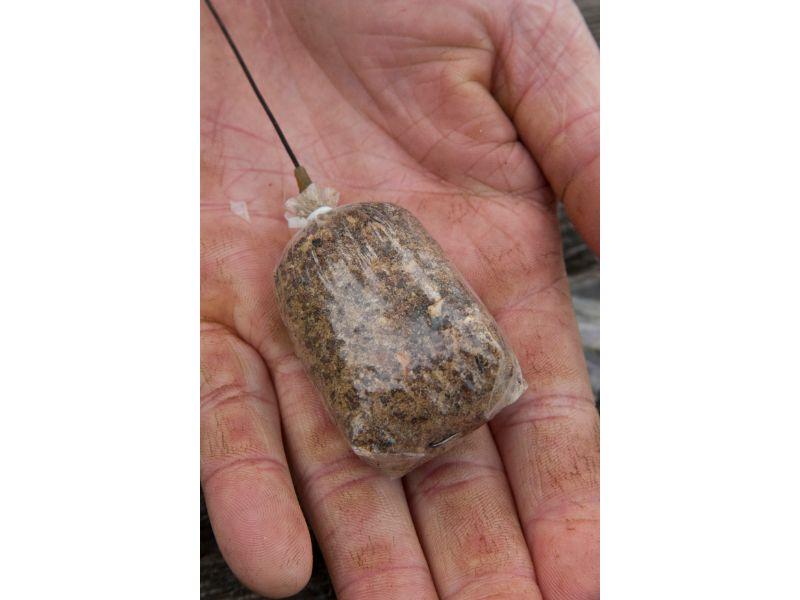
Don’t be lazy
Finally on the rig front, don’t be lazy. The more meticulous anglers tend to be the better anglers, and when it comes to hooks the difference is stark. Forgetting to check your hookpoint after each fish or each cast can cost you dearly. Modern hooks are sharp and strong but they can still burr over relatively easily, seriously diminishing your chances of catching. So, check them regularly and change them at the first sign of any damage. For 50p a hook it’s worth using a fresh one at every opportunity.